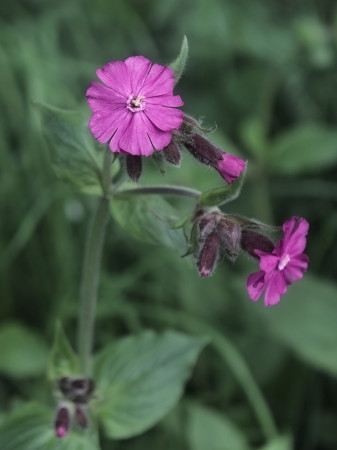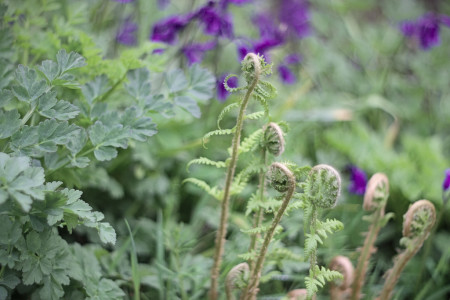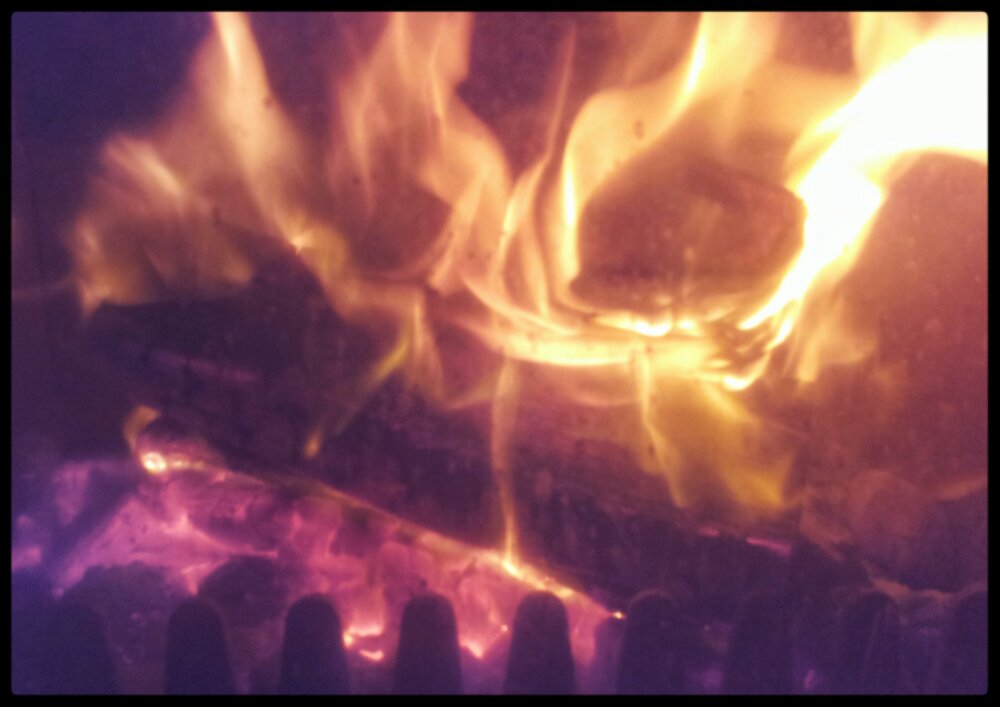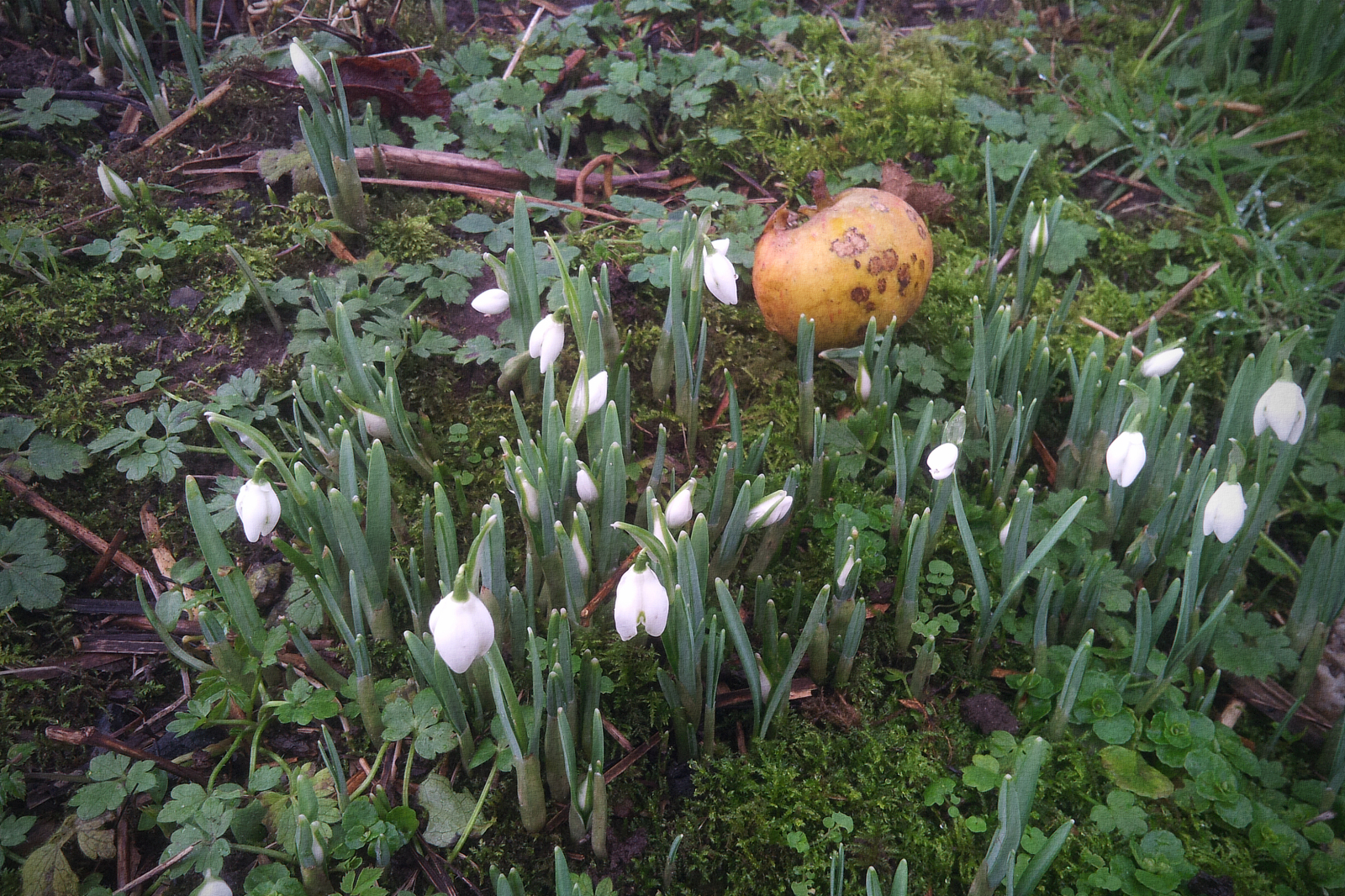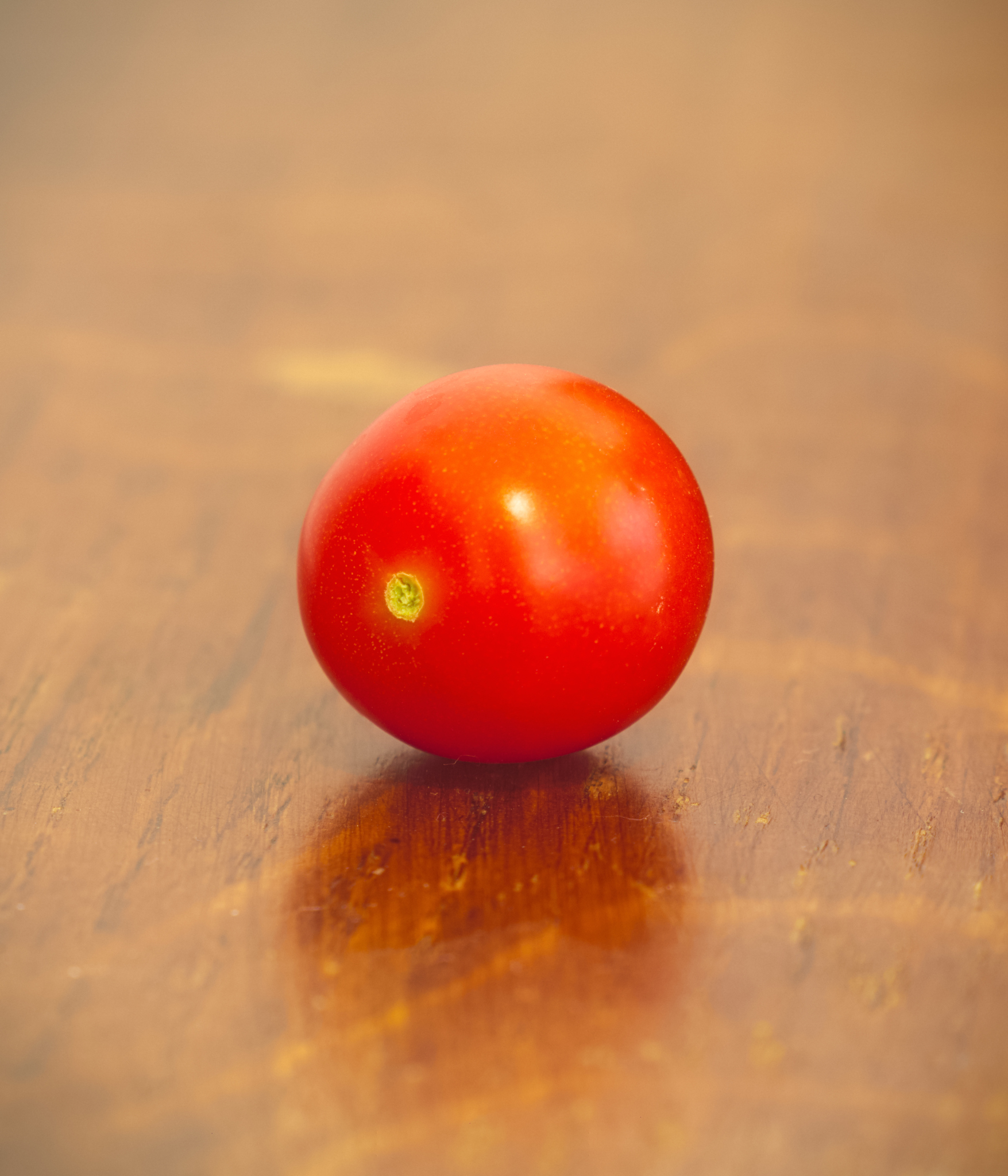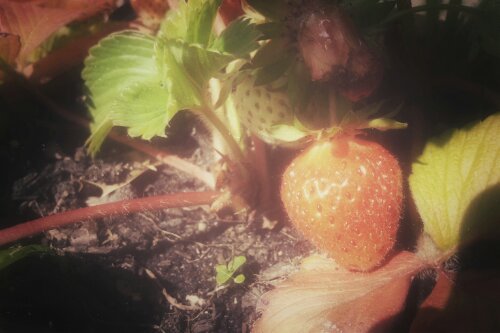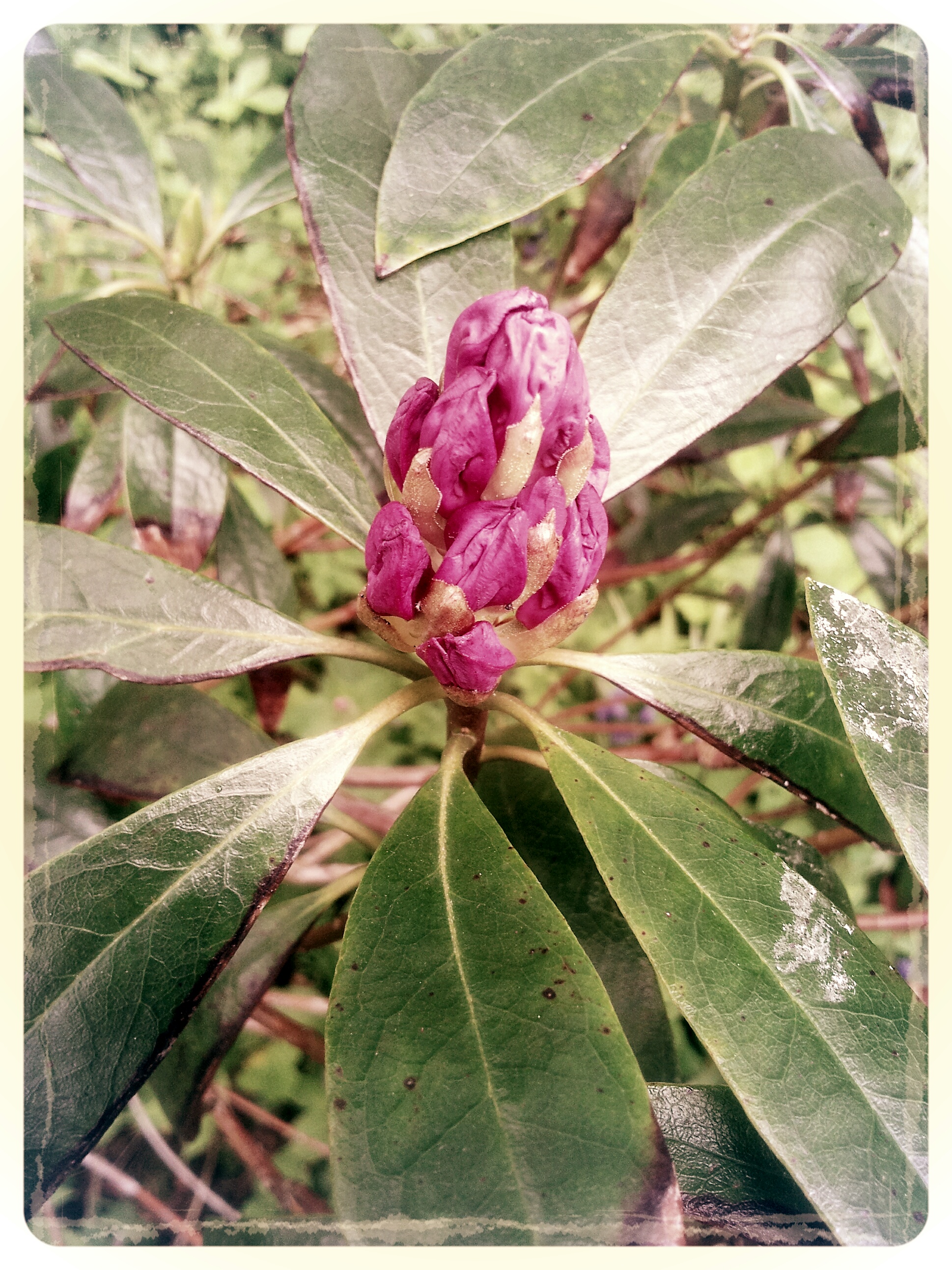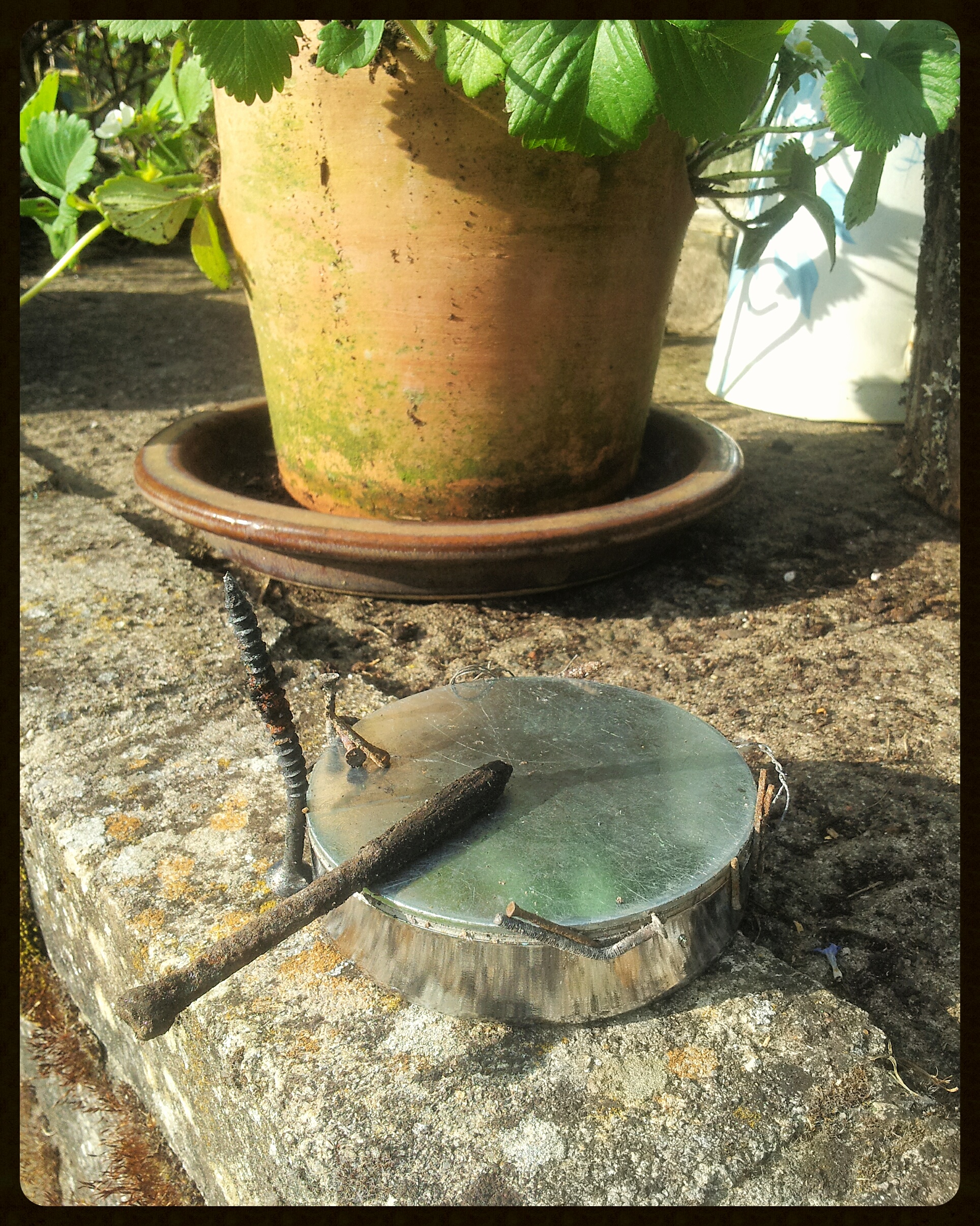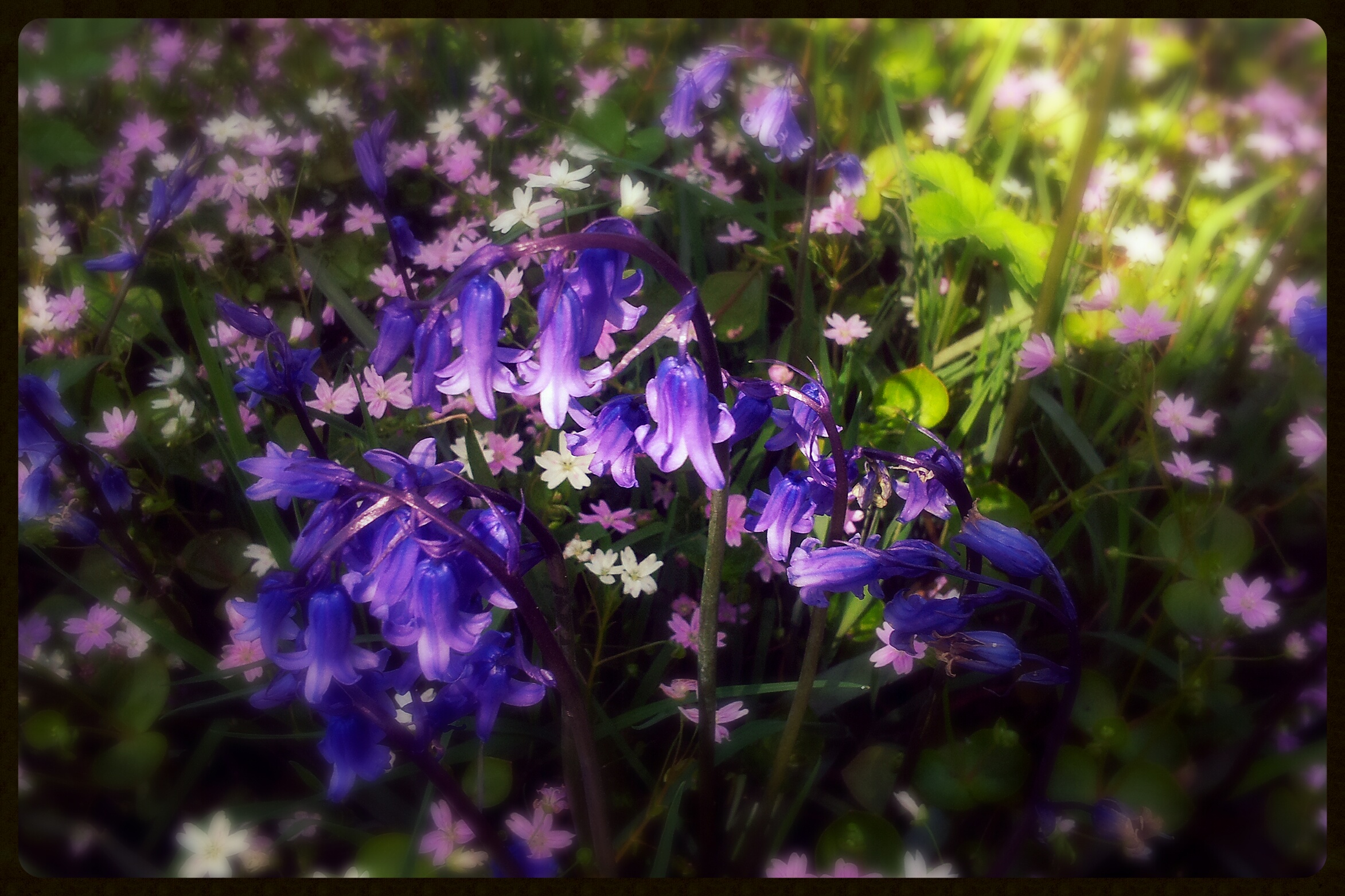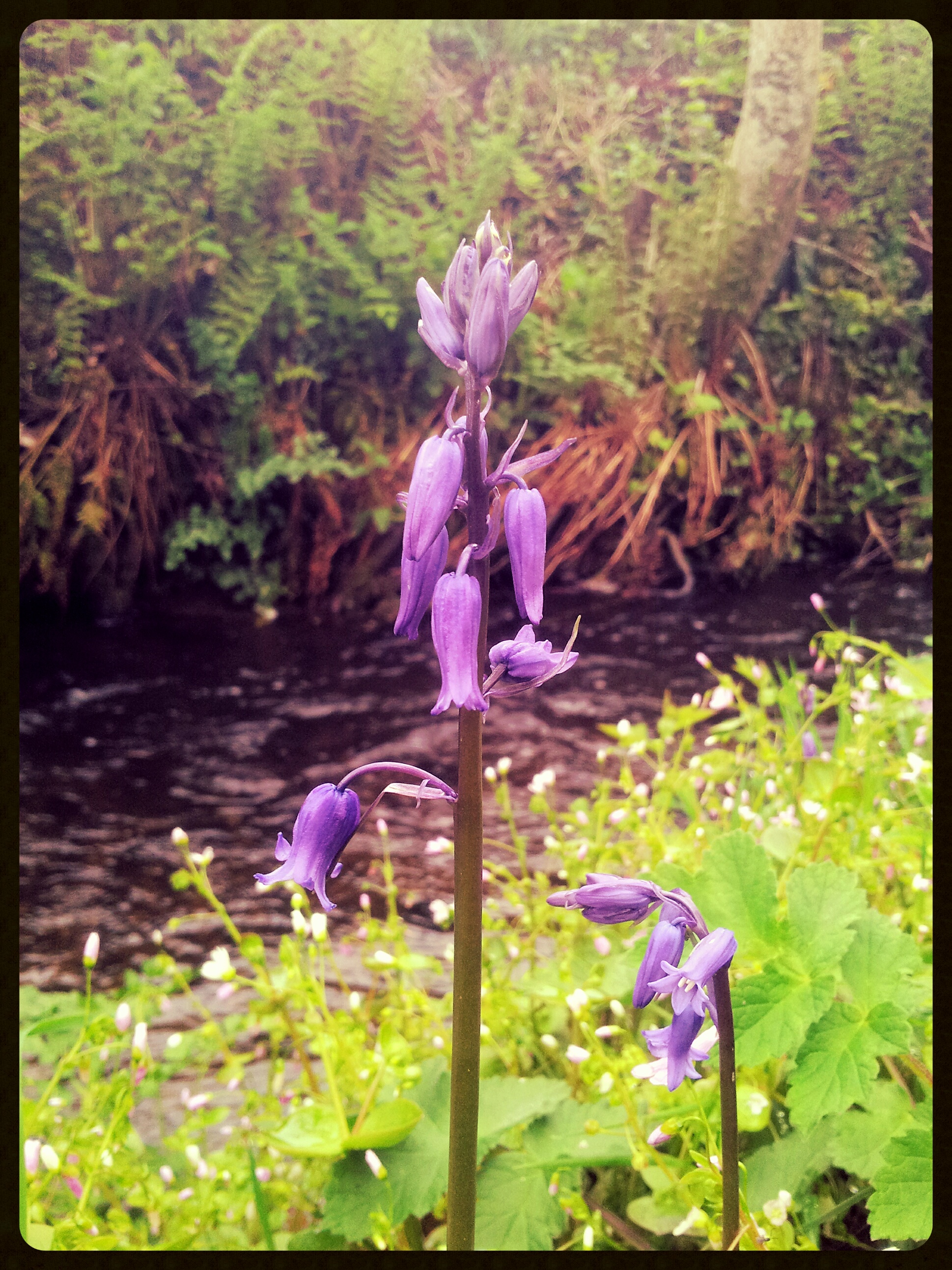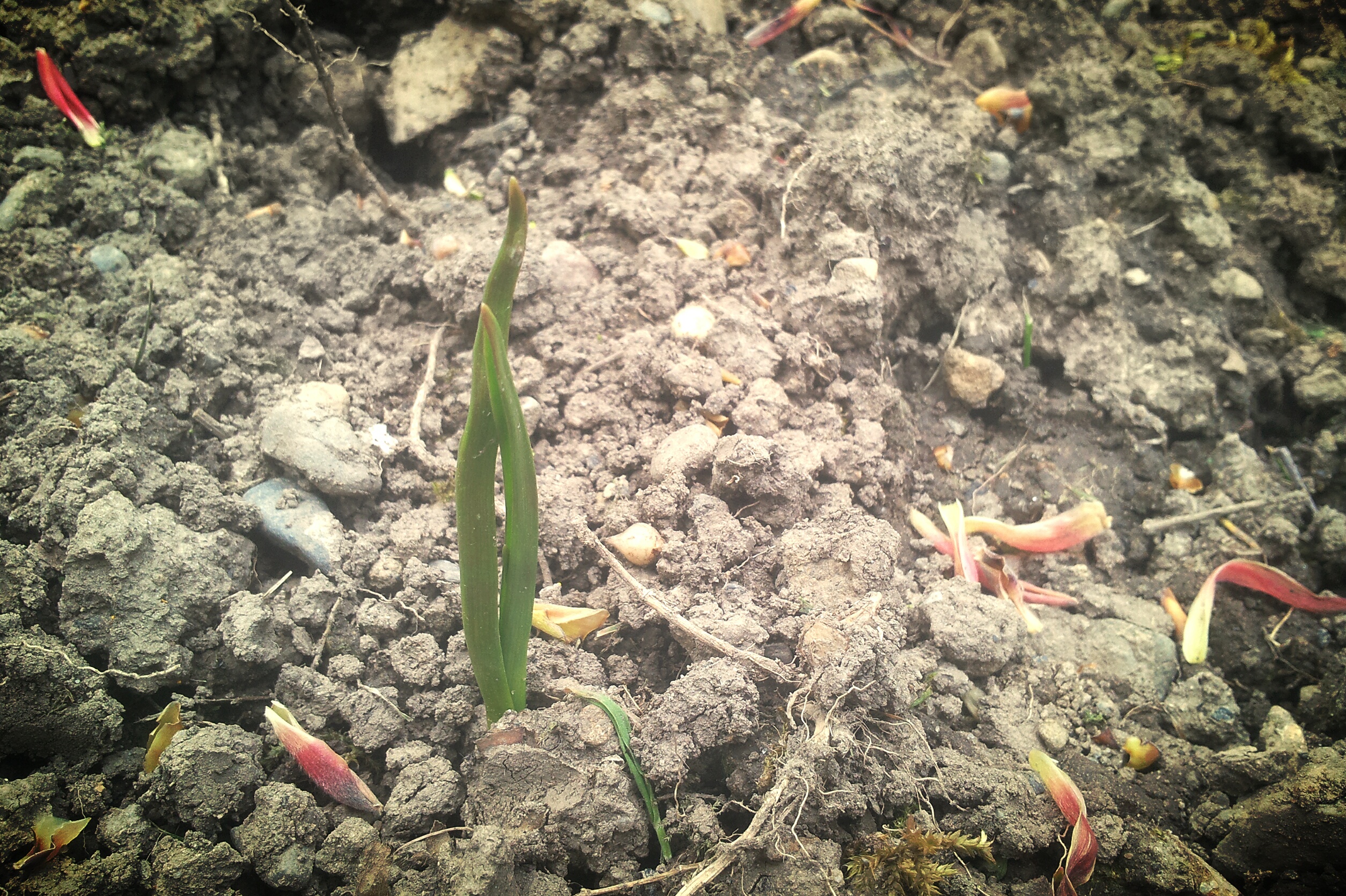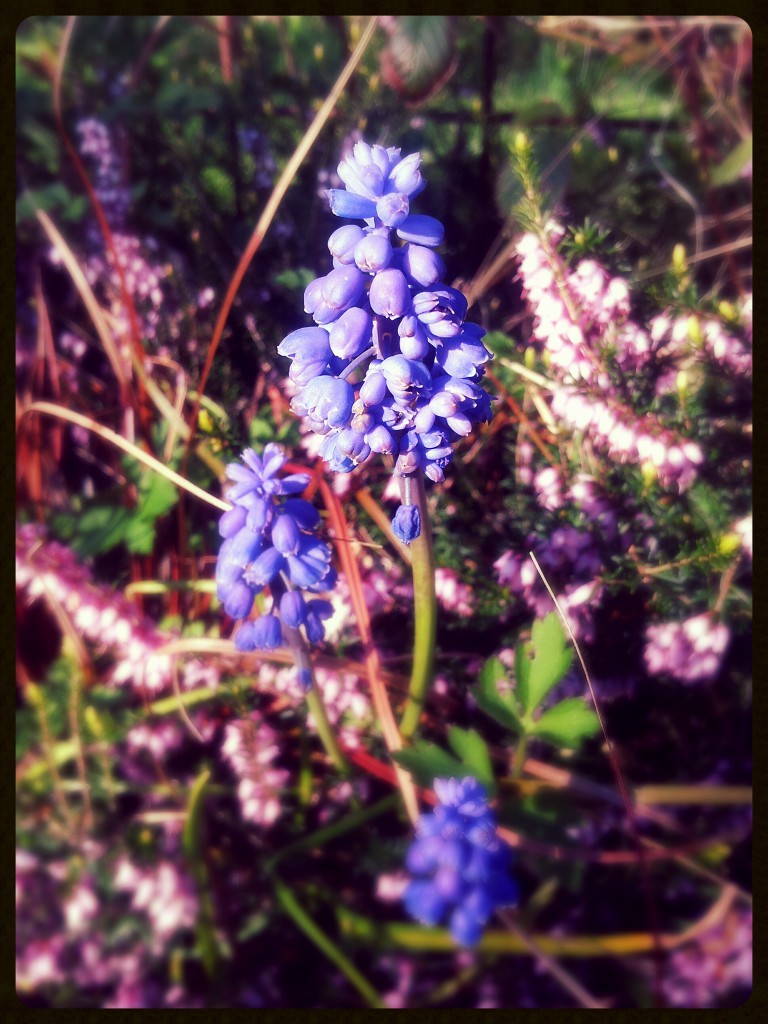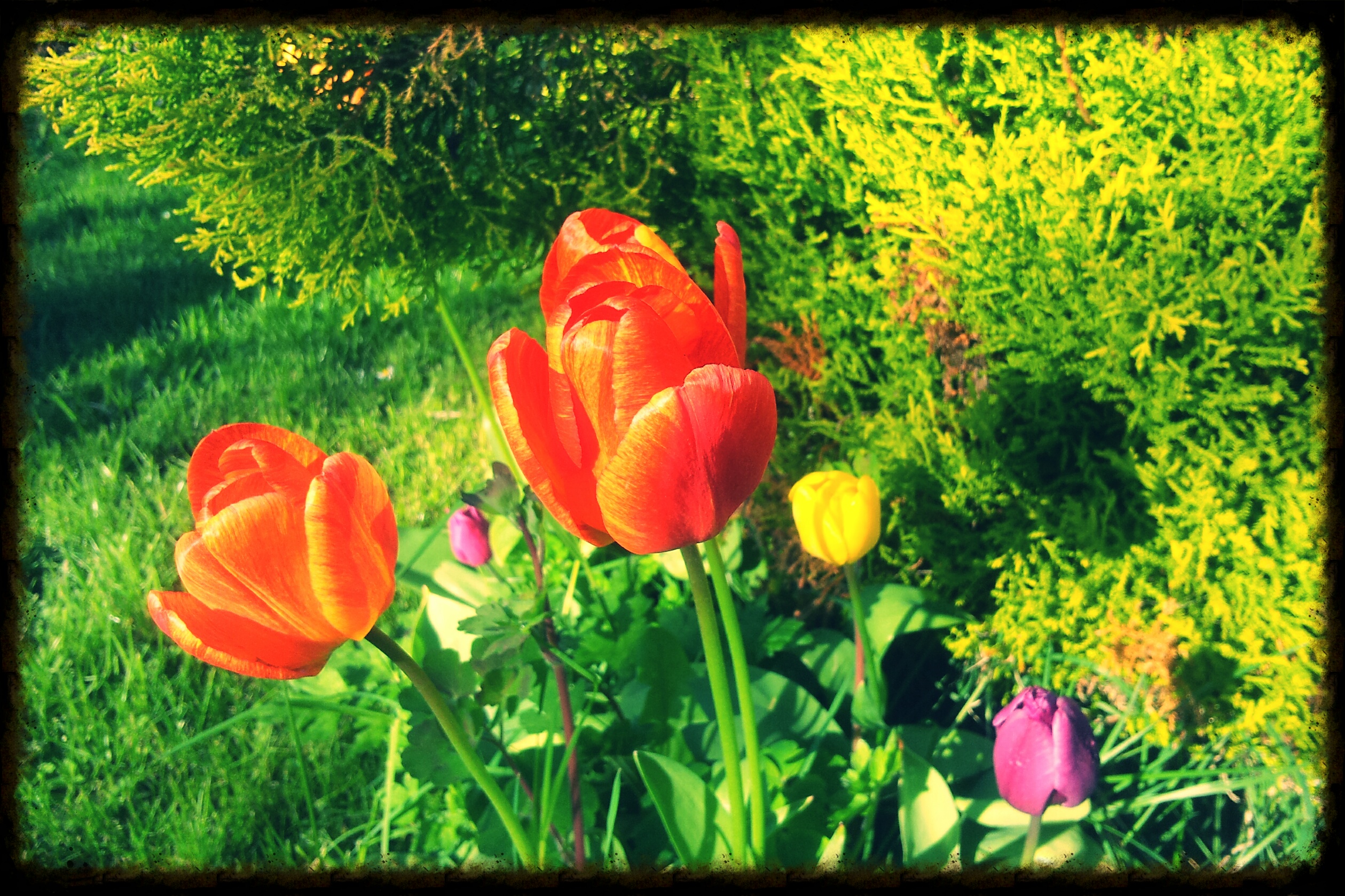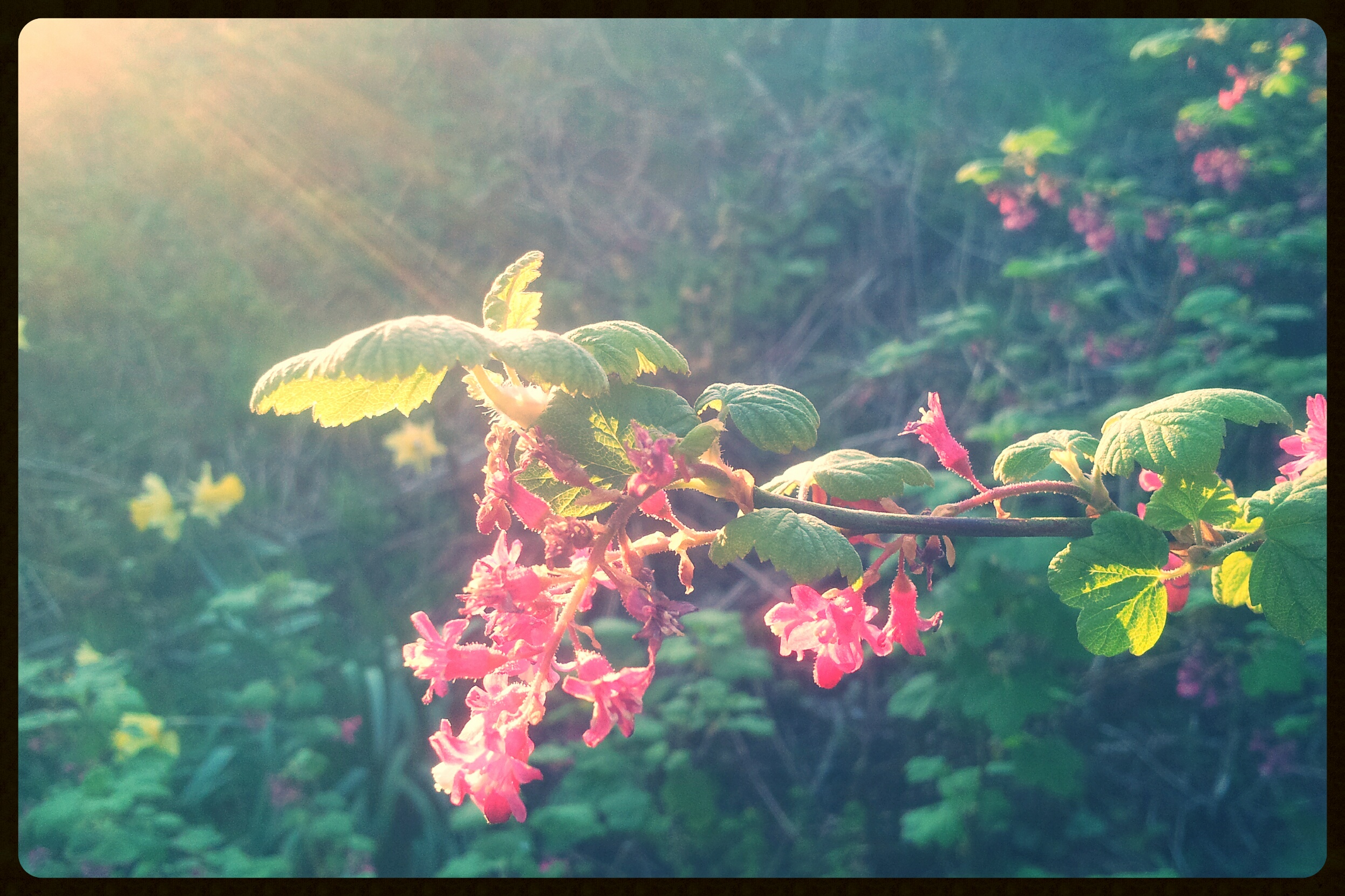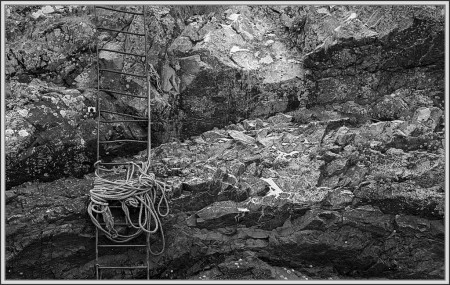
There’s one particular combination of camera settings I keep coming back to, that forms a base for almost all my work. Just in case anyone else is interested:
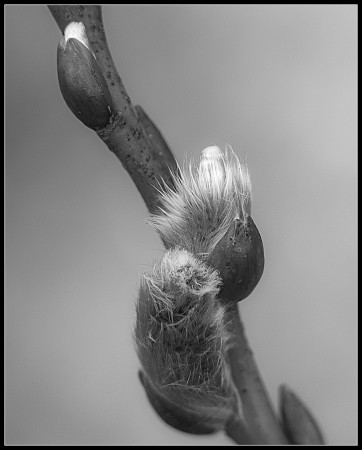
Great Success: a replanted willow tree budding, in black and white
Circular polarizer filter: for acting as an optical control of local contrast
RAW+JPEG: so I have vast amounts of data to process properly and a reference of what the camera thought of it, which can also be recovered more easily in case of SD-card corruption (rare, but not unknown)
Mode: maybe 90% aperture-priority (auto-ISO, auto-shutter speed), 5% shutter-priority (auto-ISO), 5% manual (because the NEX-7 fixes ISO to 100 by default); of these, unless I’m doing a long exposure, the aperture is the most distinguishing control between closeup and landscape work.
Processing: black & white, so I get to think in terms of shape and form and colour-contrast even if sometimes a scene is processed for colour.
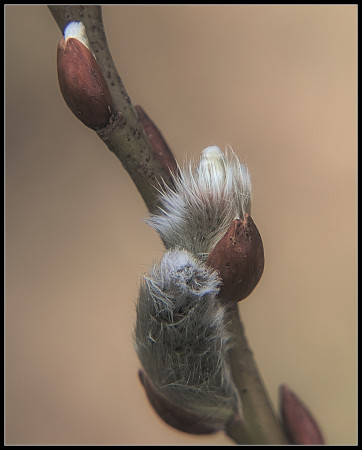
Great Success: a replanted willow tree budding, in colour
Metering: matrix/multi-zone metering, because it’s quite good enough, especially when coupled with a histogram on-screen
Compensation: normally +1/3rd EV for reasons of expose-to-the-right, improving the signal-to-noise ratio.
Shooting: HDR +/-1 EV
The shooting-mode is a new departure; not because I’ve suddenly started “doing HDR” (I’ve been open to that workflow on demand for several years), but rather because the ability to produce 30-40megapixel photos requires multiple input images. By shooting hand-held at high frame-rate I get enough image-data to combine upscaling (using super-resolution) with noise-reduction (using stacking). Full-speed burst-mode on the NEX-7 is a very fast 10fps, which leads to taking bursts of 5-6 images by the time I’ve thought I’ve got 3; the camera enjoys a wide dynamic range so even if the scene contrast doesn’t require HDR per se, there’s only a little difference in quality and using the HDR bracketing restricts the burst to 3 frames at a time.
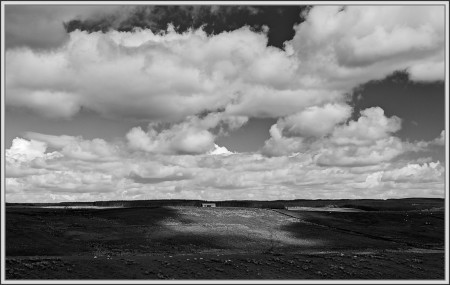
A little barn: scenery from Steel Riggs on Hadrian’s Wall
